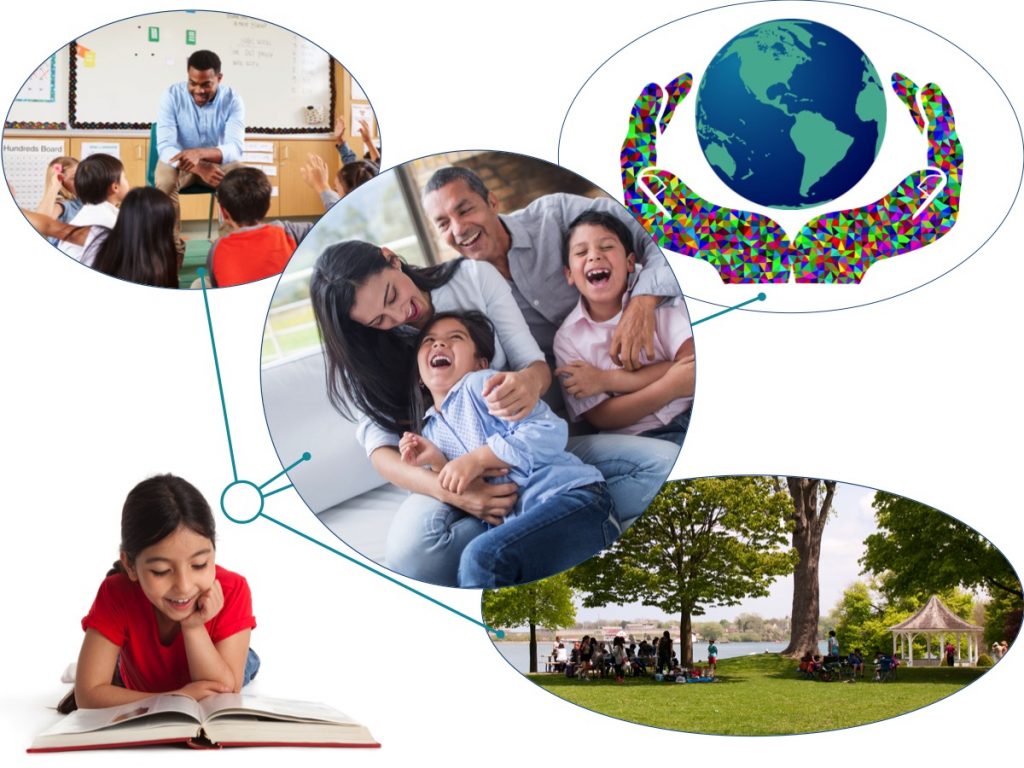
We spend so much time teaching children to read. However, the goal of teaching children to read is for them to be able to use reading as a tool in all areas of their life. By fourth grade, reading is the foundation for learning across academic domains. Math classes start relying on word problems and history is taught through textbooks.
Later in life, literacy drives civic participation and navigation of the workforce. It is an important part of daily life. The ability to read provides access to information. In many areas of the world, literacy provides access to information that would otherwise be unavailable. For example, UNESCO estimates that if an additional 171 million children “left primary school with basic reading skills,” global poverty could be decreased by 12%. Literacy is more than just a requirement. It is a tool of empowerment for a child’s educational, societal, and civic development. Learning to read quickly transitions into reading to learn.
-
- Dyslexia
- a learning disability characterized by poor spelling and difficulties with word recognition and word decoding. It is unrelated to intelligence, motivation, or school experience
- Explicit instruction
- systematic and direct teaching that takes into account students’ prior knowledge
- Phonics-based reading instruction
- teaching focused on how letters represent sounds and how words can be sounded out by knowing letter-sound correspondences
- Plasticity
- the brain’s ability to change as a result of experience